Rotator Cuff Injury
Rotator cuff injury is something we see very commonly in the clinic.
They can present in a variety of ways; like a fall onto the shoulder, or throwing a ball a bit too keenly, or sometimes gradually, due to an increase in activity?
Whether it presented suddenly or gradually doesn’t actually change what you need to do a whole lot, maybe just the time frame that things will happen. In both cases the plan is to allow things to recover, and then build them back up to cope with whatever you need your shoulder for.
Recovery
If there is a lot of damage from arm wrestling a gorilla 🦍, the recovery phase will be longer. If it was a gradual overload, and your rotator cuff is just a little inflamed, that recovery phase might just be backing off for a week. Recovery is very dependent on the individual situation.
Strength
Building it up to what you need your shoulder for really depends what you need your shoulder for. If you’re an olympic baseball pitcher, that is very different to a lover of computer work. So again, the strengthening phase is very individual.
Bursitis?
I’ve also got bursitis!!! We actually see bursitis as an associated finding in most rotator cuff injuries, they almost go hand in hand. Imagine the rotator cuff tendons as some strong cables that have to run over a bony ridge, the bursa is a little sack of fluid that cushions the cables as they pass over the bony point. So, if you’ve put a lot of load through your tendon (suddenly or gradually), you’ve also put a lot of load through the bursa. Thankfully, it will usually settle down during the recovery phase.
Simple, but not easy...
The plan is very simple, but it can still be a complex issue. Our shoulder is so reliant on muscles to control its movement, compared to joints like the knee or hip, which have more stability from the bone and joint capsule. We also know that pain changes how muscles activate, so, you've got a painful shoulder, that relies on it’s muscles to move well, but because of the pain it isn’t moving well. A bit of a pickle!
The key...
Find ways to get your shoulder moving pain free (physios can help here, we have lots of tricks), especially into ranges where you didn’t think you could get your arm. Movement has an analgesic effect, this allows your muscle function to improve, further increasing your movement options. This can be a tricky and bumpy process to get your shoulder moving pain free, and then building strength, but the outcome is a shoulder that doesn’t hurt and does all the wonderful things it used to (yay!).
If you’re struggling with rotator cuff pain, give us a call, we’d love to help 😊


